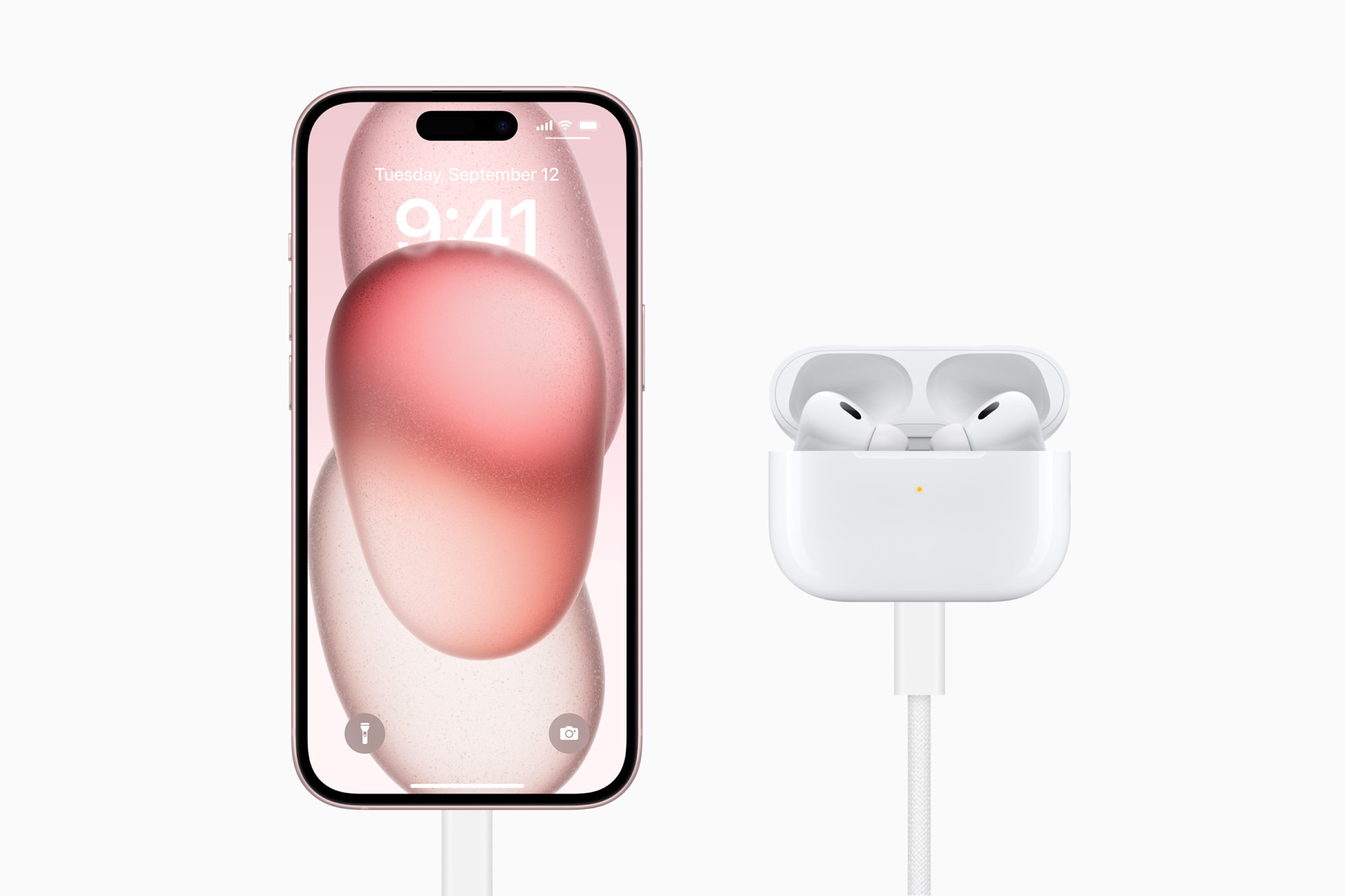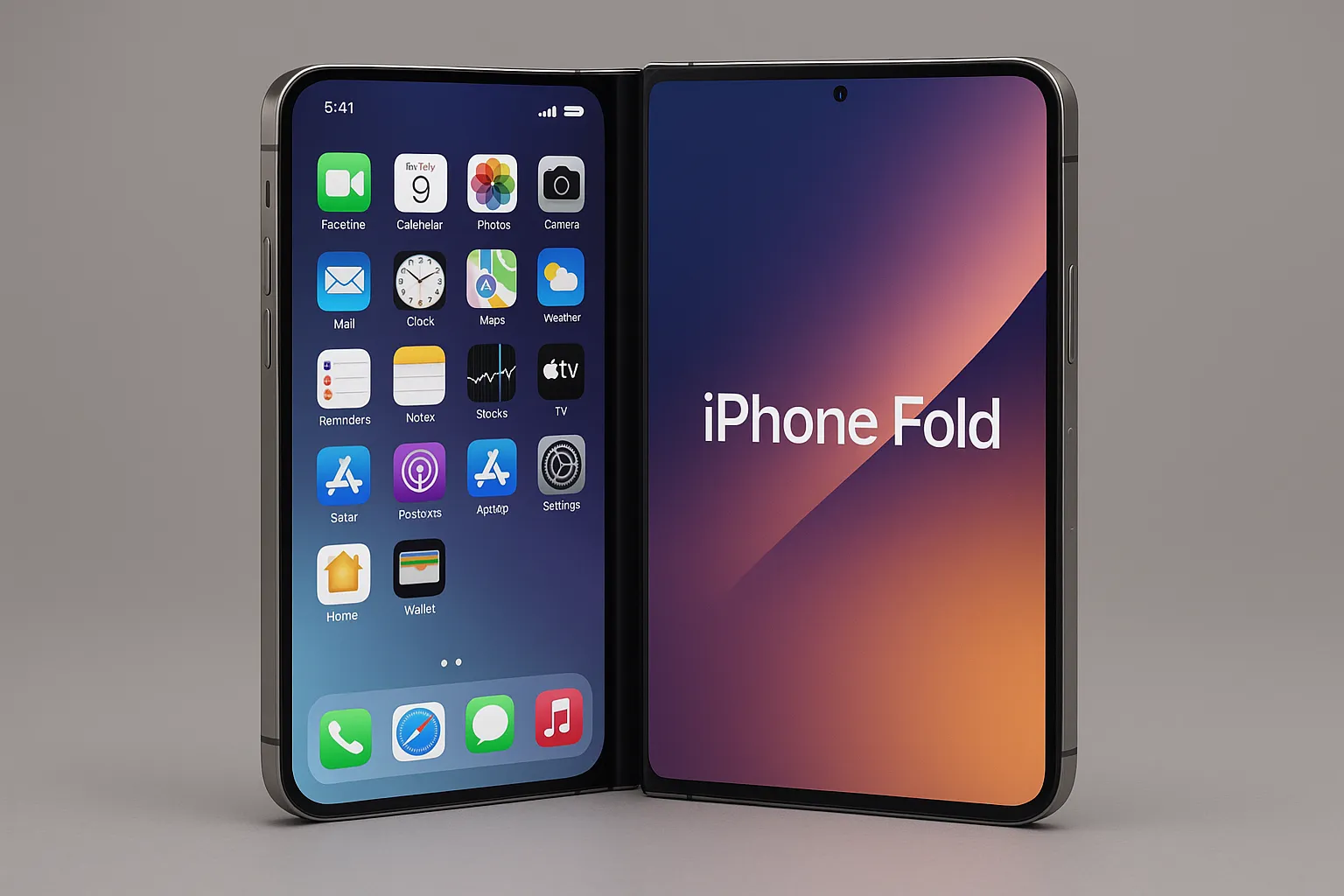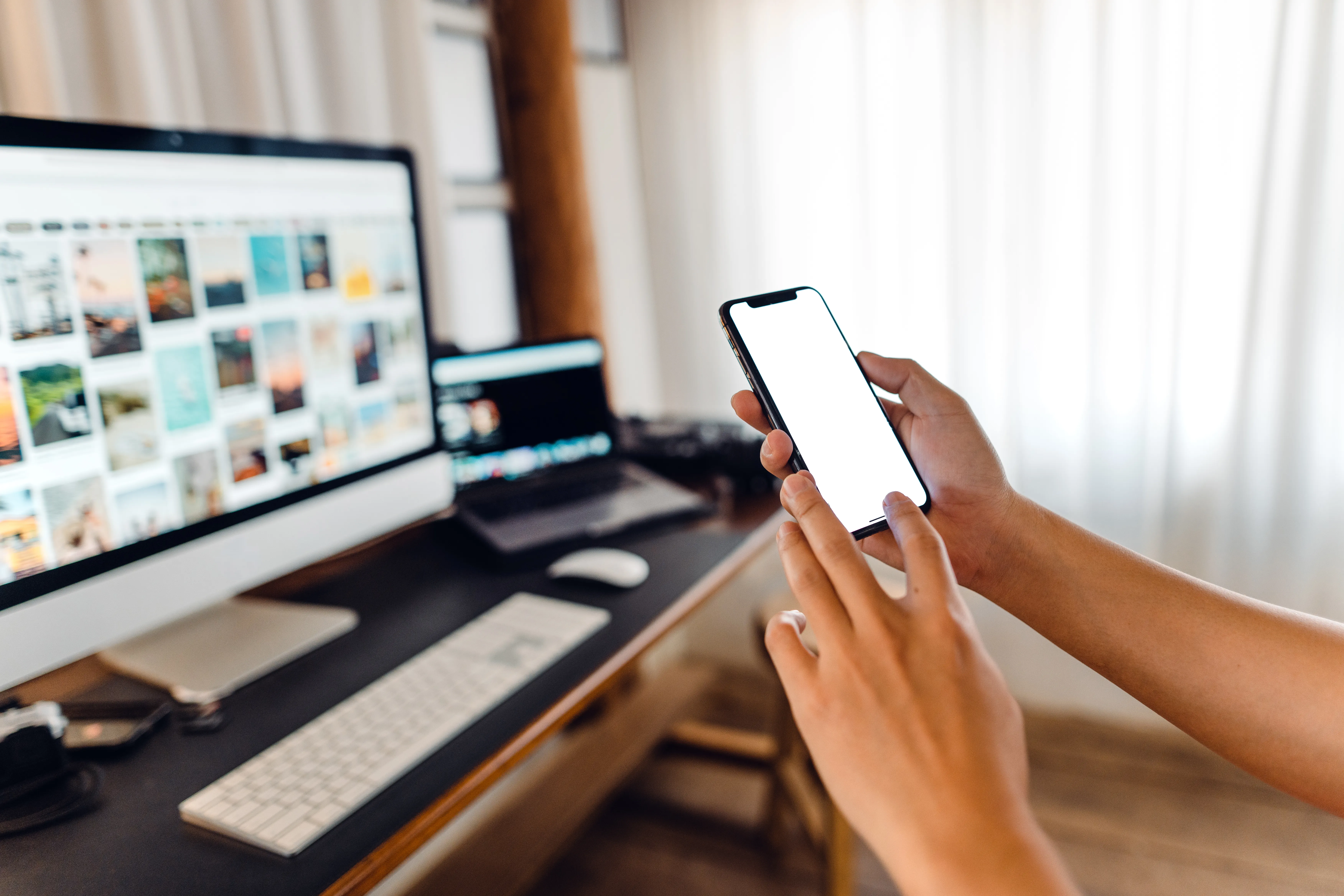Many of the iPhone 15, 15 Plus, 15 Pro, and 15 Pro Max features were carried over from last year's models. Still, quite a few capabilities are exclusive to the 2023 lineup, and some may be worth the upgrade.
While the iPhone 15 Pro and 15 Pro Max possess many of the new features and changes never before seen on any iPhone models, Apple's iPhone 15 and 15 Plus are still solid upgrades over the iPhone 14 and 14 Plus. The features below for the 15 Pro models only are marked as such, but everything else applies to the entire iPhone 15 series lineup.
The four new iPhone 15 series models were available for preorder on Sept. 15 and were available to buy starting on Sept. 22. The iPhone 15 Pro starts at $999 for the 128 GB model, while the iPhone 15 Pro Max starts at $1,199 for the 256 GB version. The iPhone 15 starts at $799, and the 15 Plus starts at $899 for the 128 GB models.
1. USB-C Connectivity
Apple ditched its proprietary Lightning connector on the entire iPhone 15 series lineup. It was likely motivated by the European Union's recently passed law requiring all new smartphones to be equipped with USB-C charging ports by the end of 2024 to help reduce e-waste.
Whatever the reason, the iPhone 15, 15 Plus, 15 Pro, and 15 Pro Max can be charged with the same USB-C cable you use with your other devices, such as newer Mac and iPad models, Android phones and tablets, etc. A new one-meter USB-C charging and data cable is included with each new iPhone model, but you'll have to get your own USB-C charging adapter if you don't already have one.
The iPhone 15 and 15 Plus support USB 2's specifications, which limits data transfer speeds to 480 Mbps. But the real winners are the iPhone 15 Pro and 15 Pro Max. The Pro models support USB 3.2 with up to 10 Gbps data transfer speeds — over 20 times that of USB 2. And you'll get higher video output with up to 4K at 60 fps HDR. However, the cable included with the Pro models cannot reach these speeds, so you'll need to purchase a USB 3-capable cable.
2. Reverse Charging Capabilities
We still don't have reverse wireless charging capabilities like Google Pixel's Battery Share or Samsung Galaxy's Wireless PowerShare, so you won't be able to put your AirPods case on the back of any of the new iPhone models to charge it. However, Apple did turn the 2023 iPhone lineup into portable power bricks that can charge your AirPods Pro (2nd generation) or Apple Watch using a USB-C cable.
Apple iPad models with USB-C ports could already charge other devices, including your iPhone. However, you likely don't carry your iPad around as much as your iPhone. So, having reverse wired charging on the iPhone 15, 15 Plus, 15 Pro, and 15 Pro Max will no doubt come in handy. It supports reverse wired charging for smaller accessories up to 4.5 watts but won't charge something as big as an iPad.

Apple
3. Qi2 Wireless Charging Support
For the first couple of months that the iPhone 15 series models were out, they were the only iPhone models to support Qi2, the next-generation wireless charging standard developed by the Wireless Power Consortium (WPC). Qi2 includes magnetic alignment similar to MagSafe with faster charging speeds (up to 15 watts vs. up to 7.5 watts for MagSafe), adaptive charging, and improved safety. However, iOS 17.2 pushed Qi2 support to all the iPhone 13 and iPhone 14 series models as well, so it's no longer an iPhone 15 series exclusive.
4. Next-Generation Portrait Photos
Portrait photos are getting even better with the iPhone 15 series. They'll have richer color and better low-light performance, but the biggest improvement is that you don't even have to open the Camera app to Portrait shooting mode to take portraits.

Apple
Camera can now detect a person or animal in the frame using machine learning whenever you take a picture in the regular Photo mode. It will automatically capture rich depth information so you can turn the image into a portrait right away or in Photos later.

Apple
To create a portrait from a regular photo, open the image in the editor, tap "Portrait," and adjust the depth of field. Even better, you can change the focus to another subject in the photo, and the depth field will adjust the bokeh accordingly. This works for photos taken with both the front and rear cameras.

Apple
5. Smart HDR 5 for Photos
The new iPhone models are also the first to have Smart HDR 5, Apple's latest in high dynamic range photography using Apple's proprietary Photonic Engine.
When lighting is bright or uneven, [the] new Smart HDR captures subjects and the background with more true-to-life renderings of skin tones, while ensuring photos have brighter highlights, richer midtones, and deeper shadows when viewed in the Photos app. This advanced HDR rendering is also available to third-party apps, so images can look even better when shared online. These improvements benefit the 48MP Main camera, Ultra Wide camera, and TrueDepth front camera.

Apple
6. Second-Generation Ultra Wideband Chip
The new iPhone models come equipped with Apple's second-generation Ultra Wideband chip, which enables "two iPhone devices with this chip to connect at three times the range as before," Apple says. For example, if you're meeting a friend in a market, you can use Precision Finding in Find My to locate your friend's iPhone from farther away.
With iOS 17, Precision Finding will be available to Apple Watch Series 9 and Apple Watch Ultra 2 users to help them locate their iPhone 15, iPhone 15 Plus, iPhone 15 Pro, or iPhone 15 Pro Max. Later this fall, iPhone 15 users will be able to use Precision Finding for Find My friends to locate friends and family wearing Apple Watch Series 9 and Apple Watch Ultra 2.

Apple
7. Farther Zoom Reach
While the iPhone 15 Pro's optical zoom in the Camera app isn't any different than last year's model, the iPhone 15 Pro Max's telephoto lens gets a significant boost in magnification, going up to 5x optical zoom — a 67% increase over the maximum zoom of the iPhone 14 Pro and 14 Pro Max.

Apple
Also, the regular iPhone 15 and 15 Plus are the first non-Pro models to get a 2x optical-quality zoom instead of just the 0.5x and 1x optical zoom. It uses the center 12 MP of the ultra-wide camera's upgraded 48 MP resolution, which works for both photos and videos. The zoom is continuous when shooting videos, so you won't get any jarring transitions when zooming in or out during recording.

Apple
8. Action Button (Pro Models Only)
The iPhone 15 Pro and 15 Pro Max replaced the old-style Ring/Silent switch that's dominated iPhones for over 16 years with a new Action button. Instead of flipping a switch, you press and hold it to get what you want.
A press-and-hold gesture with fine-tuned haptic feedback and visual cues in the Dynamic Island ensure the new button launches the intended action.

Apple
The Action button lets you quickly toggle between ring and silent modes, but it's also customizable, so you can use it as a shortcut for opening the camera, turning on the flashlight, starting Voice Memos, switching between Focus modes, opening Magnifier, and triggering shortcuts and automations. As of iOS 17.2, the Action button also supports the Translate app.

Apple
9. Titanium Enclosure (Pro Models Only)
For the very first time, Apple used aerospace-grade titanium for an iPhone chassis, specifically, the enclosures of the iPhone 15 Pro and 15 Pro Max. The alloy makes the devices lighter and stronger than if using stainless steel since it has "the highest strength-to-weight ratios of any metal," according to Apple.
The new enclosure also features a brushed texture for the contoured edges and allows for thinner borders than any other iPhone display. Its substructure is made from 100% recycled aluminum, which aids in thermal dissipation and makes it easier to replace the back glass if needed.

Apple
10. A17 Pro Chip (Pro Models Only)
The iPhone 15 Pro and 15 Pro Max introduce a new chip style — the A17 Pro. It's the "industry's first 3-nanometer chip," according to Apple.
The chip has a 6-core GPU that's up to 20% faster than the five-core A16 Bionic on the iPhone 15 and 15 Plus. It includes four-times-as-fast hardware-level ray tracing instead of software-based to render smoother graphics with more accurate reflections, refractions, and shadows for lighting in games and augmented reality.
Its CPU is up to 10 times faster, the Neural Engine is up to 2 times faster, and it includes a dedicated AV1 decoder that allows for more efficient, high-quality video experiences when streaming.

Apple
11. Spatial Videos (Pro Models Only)
It may not be the best selling point right now since it's only helpful if you own an Apple Vision Pro, but the iPhone 15 Pro and 15 Pro Max can record spatial video starting with iOS 17.2. Apple Vision Pro runs $3,499, a hefty price for the general public.
The ultra-wide and main cameras are used together to create a three-dimensional video that can be shared with any Apple Vision Pro headset. The 3D video looks like regular footage when viewed on the iPhone, but spatial video recordings will play back in all their 3D glory on Apple Vision Pro.

Apple
12. Improved Battery Health Stats
The iPhone 15, 15 Plus, 15 Pro, and 15 Pro Max all have better reporting of battery health information than other iPhone models. Specifically, they all state the battery's Manufacture Date, its First Use, and its current Cycle Count. On the iOS 17.4 update, these details were moved from Settings –> General –> About to Settings –> Battery –> Battery Health, where they should have been to begin with, alongside Maximum Capacity. Since iOS 17.4, the newer iPhone models include a new Battery Health status indicator to help you understand your battery's status in simple terms.






13. NavIC Location (Pro Models Only)
The iPhone 15 Pro and 15 Pro Max's precision dual-frequency GPS uses two separate GPS bands simultaneously for better accuracy and improved indoor guidance, but that's nothing new. What is new is that it now supports NavIC, or the Indian Regional Navigation Satellite System.
14. Thread Mesh Networking (Pro Models Only)
The iPhone 15 Pro and 15 Pro Max are the first Thread-enabled smartphones. Thread is Matter's new low-power mesh networking protocol that is more energy efficient, works faster, and fails less than other protocols when communicating with IoT devices connected to the Home app.
Thread doesn't need a central hub, so you may no longer need an iPad, Apple TV, or HomePod as a home hub to take advantage of every HomeKit feature available. Hubs allow you to control your HomeKit accessories remotely, create automations, and invite guests.
15. Wi-Fi 6E (Pro Models Only)
The new iPhone 15 Pro and 15 Pro Max are also the first iPhone models to support Wi-Fi 6E, which has an additional block of electromagnetic spectrum space with its 6 GHz channels. Compared with Wi-Fi 6, Wi-Fi 6E will result in up to 55% faster wireless speeds, lower latency, and less congestion with compatible products. The only issue with Wi-Fi 6E is that its extra spectrum has a shorter range and that spectrum can only be used with other Wi-Fi 6E devices.
16. More 4K ProRes Video Recording (Pro Models Only)
ProRes video recording in the Camera app is only available for the iPhone 13 Pro, 13 Pro Max, 14 Pro, and 14 Pro Max — and now the iPhone 15 Pro and 15 Pro Max models. With the new Pro models, filmmakers can record ProRes video, which uses lower compression suitable for professional post-production, in 4K resolution at up to 60 frames per second (fps). It maxes out at 30 fps on the older Pro models.
17. ProRes Recording Directly to External Storage (Pro Models Only)
Since ProRes videos use lower compression, they can take up a lot of space. To make it more valuable, the iPhone 15 Pro and 15 Pro Max will let you record ProRes video directly to an external storage device. This is possible thanks to USB 3.2's up to 10 Gbps data transfer speeds. (See what USB-C storage devices work well with ProRes video recording.)
ProRes video can be recorded directly to external storage, enabling higher recording options up to 4K at 60 fps, and greater flexibility on set when using iPhone as the main camera.

Apple
18. Log Video Recording (Pro Models Only)
The iPhone 15 Pro and 15 Pro Max also support Log encoding when shooting professional videos, which gives a wide dynamic and tonal range that provides more flexibility for visual effects and color grading in post production.

Apple
19. Academy Color Encoding System (Pro Models Only)
With the new Log encoding on iPhone 15 Pro and 15 Pro Max, cinematographers can use the Academy Color Encoding System (ACES), a global standard for color workflows. These iPhone models are the first smartphones to support ACES and will make it easy for filmmakers to use their iPhones instead of cumbersome dedicated cameras.
20. ProRAW Capture Directly to Mac (Pro Models Only)
USB 3.2's transfer speeds also allow the iPhone 15 Pro and 15 Pro Max to shoot and instantly transfer 48 MP ProRAW images to your Mac. However, you'll need a third-party solution such as Capture One to achieve this feat. This is perfect for professional photographers who need to examine the photos they take in detail right away in a studio where time is an issue.

Apple
Cover image via Apple






















Comments
Be the first, drop a comment!